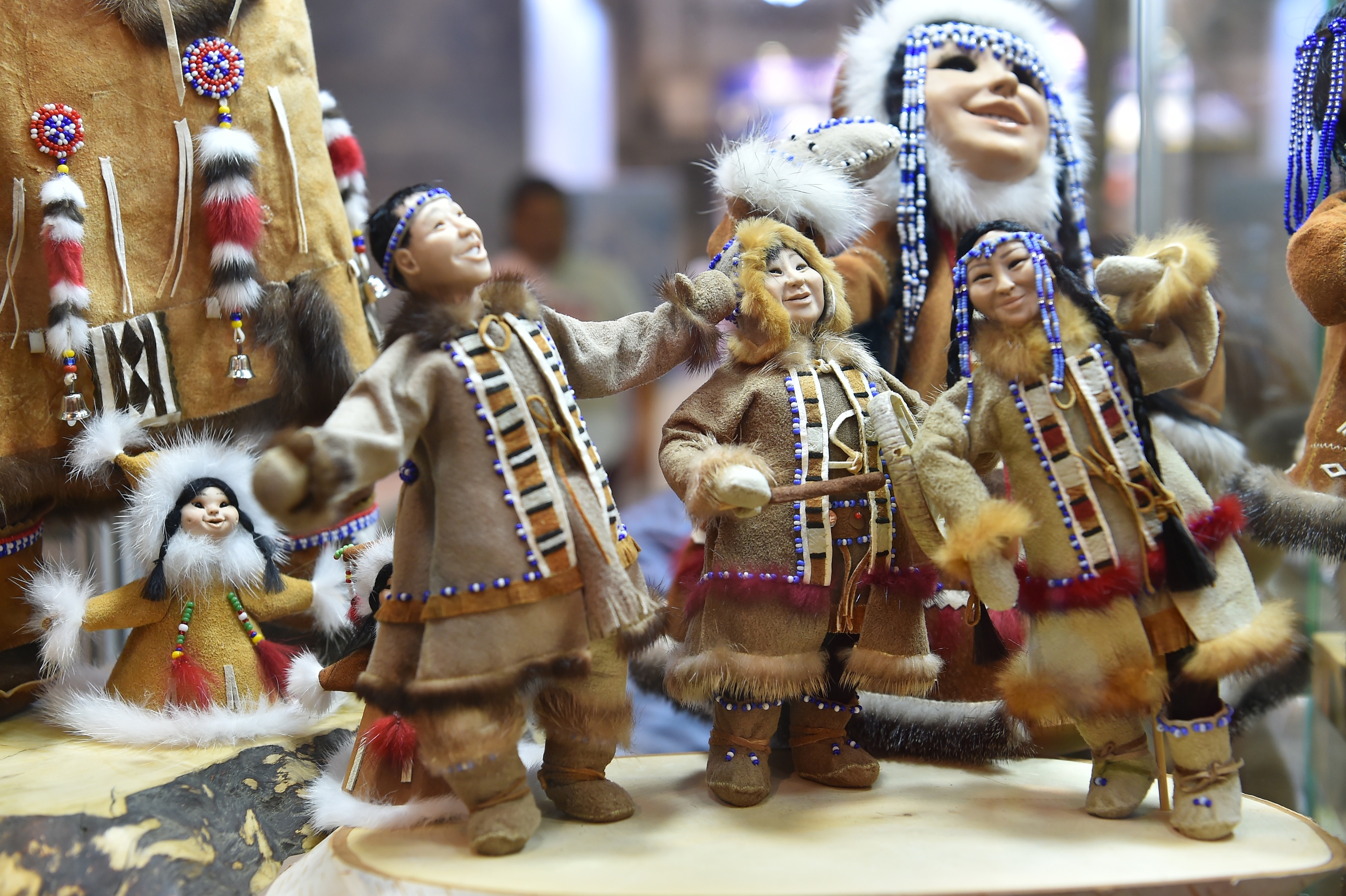Ethnicity and the forms of its manifestation in culture and public life (using the example of the indigenous peoples of the North, Siberia and the Far East)
Abstract
The article analyzes the ethnicity of the indigenous peoples of the North, taking into account the biological and genetic characteristics of their development, the form of its manifestation in public life and culture. The formed biological type of ethnic groups living in extreme conditions of the natural and climatic environment is characterized by the dominant development of right-hemisphere (figurative) thinking, which contributes to building harmonic relations with nature and the outside world. Ethnicity is manifested in the presence of a developed ethnic identity among the peoples of the North, enshrined in the self-name of the ethnic group, the national language (most often spoken), the peculiarities of culture and life, the originality of the system of kinship, nutrition, religion and religious cults. Ethnicity for small peoples are a way of preserving and developing their individuality in a multinational society. This is the possibility of its entry into the national cultures of other peoples. The article is a revised and supplemented, published earlier, article by the author "Ethnicity as a factor in the socio-cultural self-determination of the people (based on the material of the peoples of the North) (Kryaklinа 1998).
Downloads
References
2. Аршавский В.В. Особенности межполушарных взаимоотношений у коренного и пришлого населения Северо-востока. Препринт. Магадан, 1985.
3. Бейтсон Г. Экология разума. Избранные статьи по антрологии,
психиатрии и эпистемологии / Пер. с англ. М.: Смысл, 2000. 476 с.
4. Васильев В.В., Малиновская С.М. Концепция национально-политического, экономического и культурного развития малочисленных народов Севера Томской области. // Исследования по прикладной и неотложной этнологии. Документ № 54. М.: УОП Института этнологии и антропологии РАН, 1994. 53 с.
5. Иванов В.В. Чет и нечет: Асимметрия мозга и знаковых систем.
М.: Сов. Радио, 1978. 184 с.
6. Котанджян Г.С. Этнополитология консенсуса-конфликта. Цивилизационный аспект национальной безопасности. 2-е изд., перераб. и доп. М.: Луч, 1992. 165 с.
7. Кряклина Т.Ф. Этничность как фактор социально-культурного
самоопределения народов (на материале народностей Севера) // Вестник Алтайской академии экономики и права. Барнаул, 1998. С. 26-30.
8. Пелих Г.И. В тайге умирает народ // Северная книга: краеведческий и литературно-публицистический сб-к / Ред.-составитель Е.В.
9. Осокина. Томск: Красное знамя, 1993. 298 с.
10. Розин В.М. Опыт разработки политики в отношении аборигенного населения (По материалам экспедиции Обская панорама) // Полис. Политические исследования. 1993. № 5. С. 127-132.
11. Ротенберг В.С., Аршавский В.В. Межполушарная асимметрия
мозга и проблема интеграции культур // Вопросы философии. 1984. № 4. С. 78-86.
12. Чухонцева С.В. Этнопедагогические основы физическое воспитание алтайцев. Автореф. дисс. канд. наук. Горно-Алтайск, 2000. 19 с.






